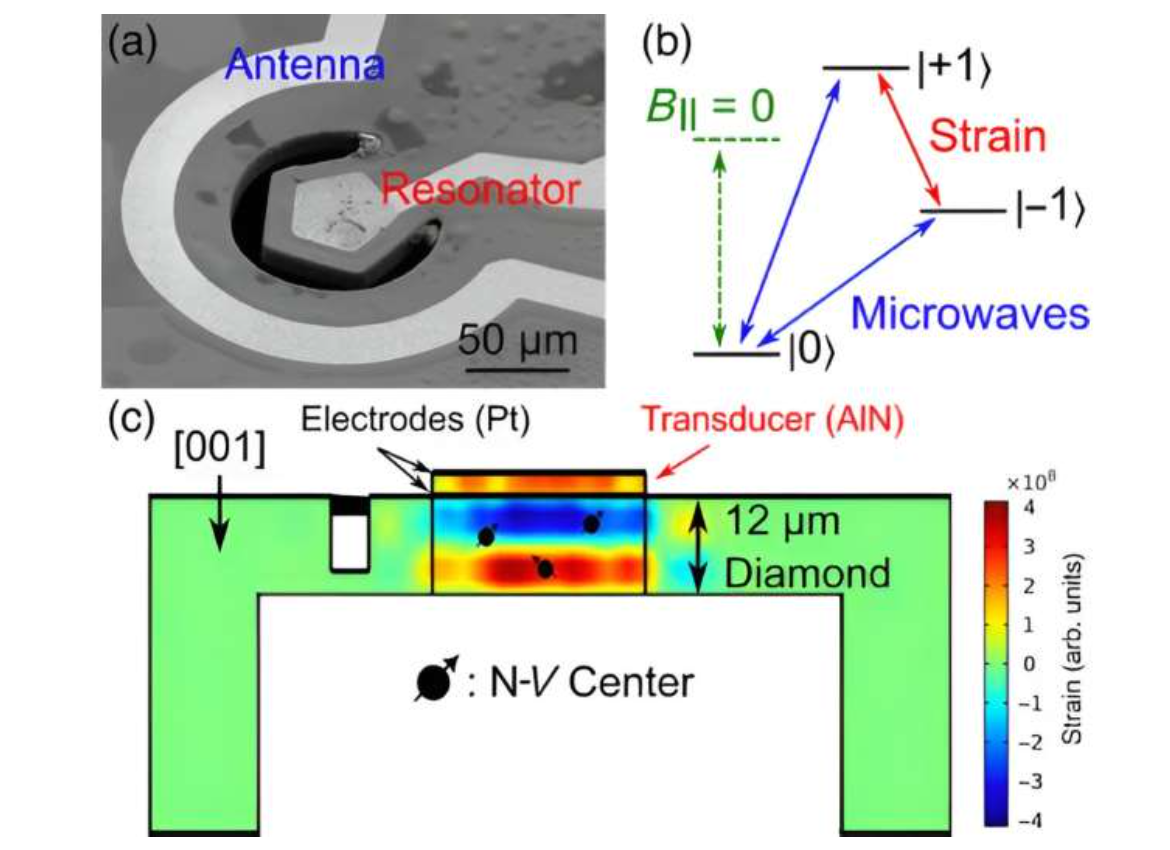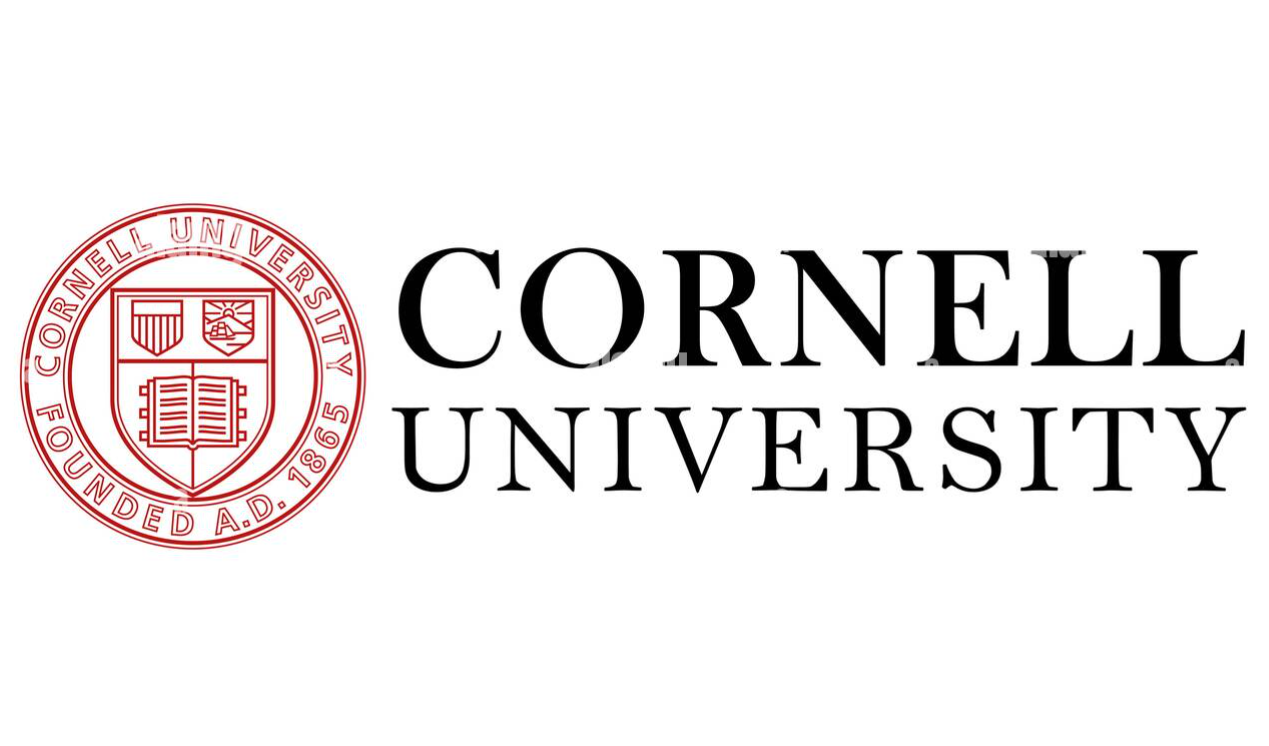Insider Brief
- Cornell University scientists, led by Gregory Fuchs, have made significant advances in quantum information science by enhancing diamond’s capabilities as a leading material for quantum sensors.
- The team captured X-ray images of diamond’s atomic vibrations and established a mathematical link between atomic strain and spin, key to improving quantum-sensing precision.
- This breakthrough supports the development of robust, miniaturized quantum sensors with potential applications in medicine, navigation, and cosmology.
By enhancing the abilities of diamond in serving as the leading material for quantum sensors, a team of scientists at Cornell University led by professor Gregory Fuchs has achieved key advances in quantum information science. Their work was done in collaboration with other researchers from Argonne National Laboratory of the US Department of Energy, Cornell, and Purdue University.
First, they pulsed diamond with sound waves, capturing X-ray images of the diamond’s microscopic vibrations and measuring the atomic compression and expansion caused by different wave frequencies.
Second, they established a precise mathematical relationship between these atomic strains and another fundamental property, atomic spin.
This will prove a key area of study that will enable quantum-sensing technology to use the unique properties of atoms in the achievement of an unprecedented level of measurement precision. Quantum sensors are on their way to changing medicine, navigation, and cosmology.


The study, published in Physical Review Applied, is the first to directly measure spin-strain correlations in diamond at gigahertz frequencies. It also supports a broader quantum science initiative to understand and manipulate spin-strain relationships across various materials.
The research was part of Q-NEXT, a DOE National Quantum Information Science Research Center led by Argonne. The project involved scientists from Cornell and Purdue developing specialized devices to measure spin, while Argonne’s Advanced Photon Source was used to capture high-resolution X-ray images of the diamond’s atomic movements.
By correlating spin with strain, the team demonstrated new ways to manipulate quantum information stored in diamond, offering a path to more robust and miniaturized quantum sensors that could operate at room temperature and provide reliable, long-lasting measurements.


















